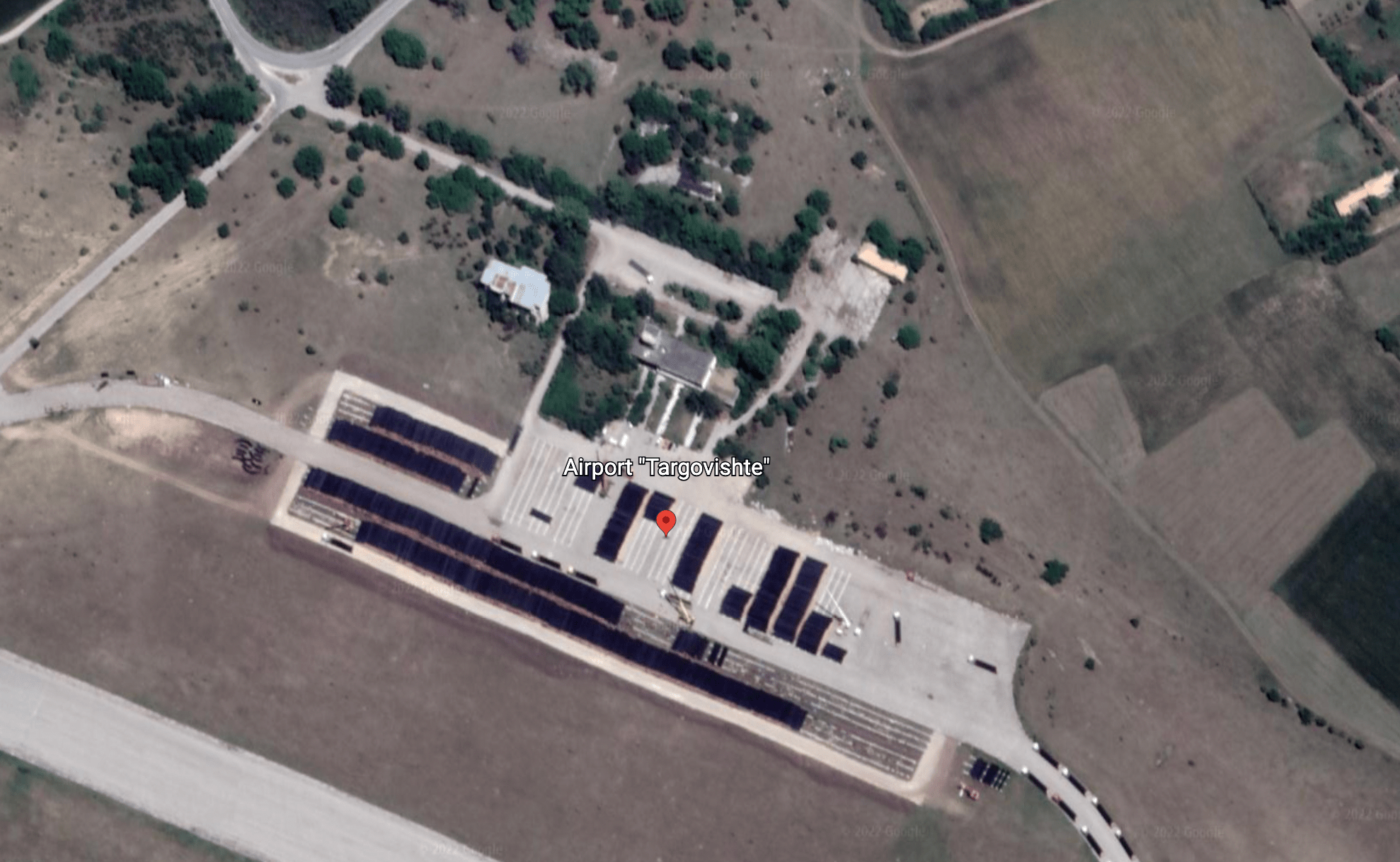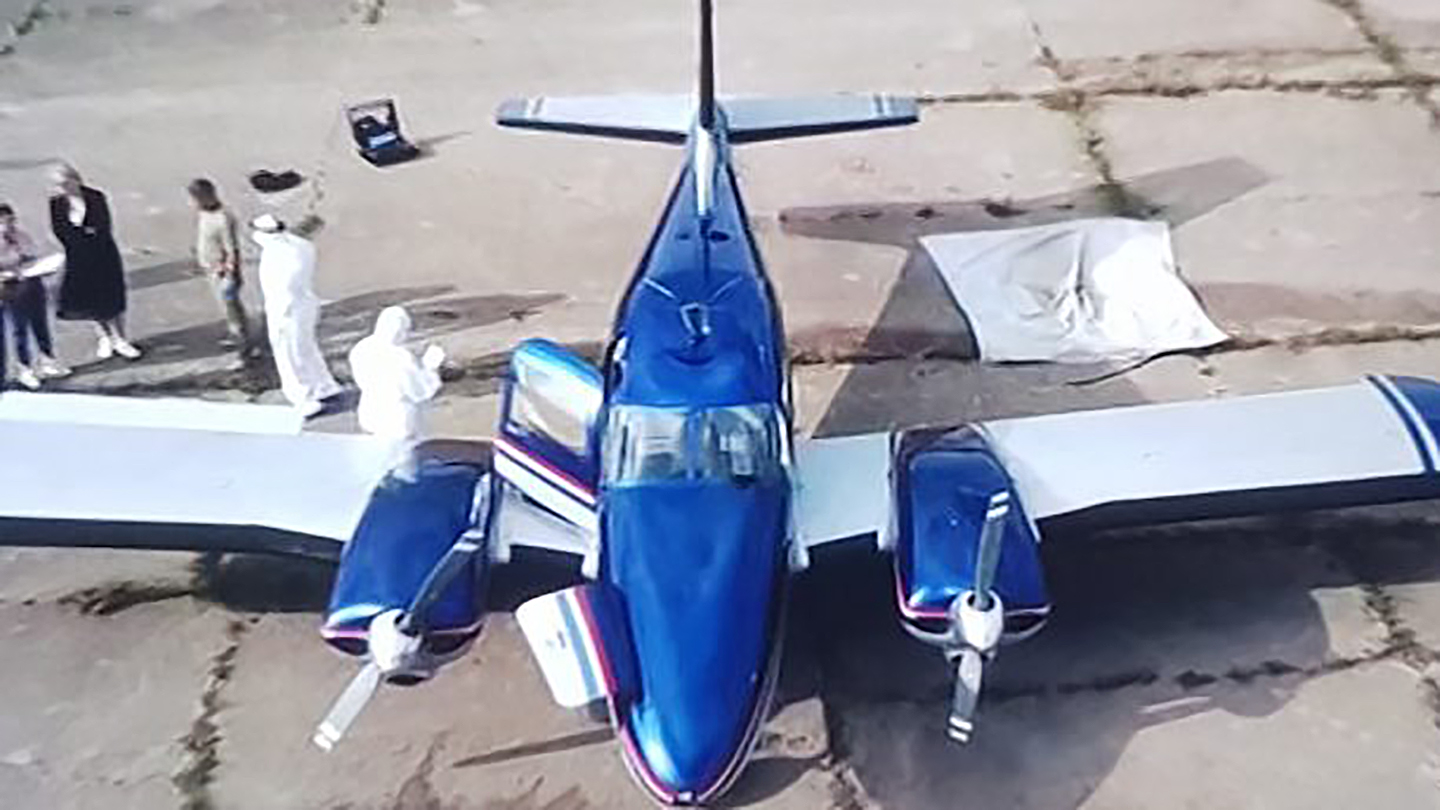An unidentified aircraft flew through airspaces belonging to multiple countries, almost all of them NATO members, without any official dispatch or approved flight plan. The illegal journey, which began in Lithuania, was monitored closely by all nations involved without any communication from the pilot. The plane was eventually found in Bulgaria covered in canvas without any trace of its crew.
The plane is reported to have initially departed from an undisclosed airport in Lithuania and then proceeded to fly over Hungary, Poland, Slovakia, Serbia, and Romania before entering Bulgaria through the northern city of Vidin. With the exception of Serbia, all of the nations are part of the NATO alliance.
The plane reportedly finally landed in a small abandoned Bulgarian airfield known as the Targovishte Airport near the village of Buhovtsi between Targovishte and Shumen. The airport is purported to have not accepted a plane for many years, and locals have begun utilizing it in the summer months for agricultural purposes. European news source Euractiv states that when the plane was discovered, its engine was still warm.

The kind of plane used to carry out this dramatic excursion has been debated. While the majority of European news coverage is reporting it to be a two-seated, twin-engine Beechcraft plane, Lithuanian media has cited what they are claiming to be the plane’s official registration number. The LRT.It article claims that it was registered as LY-LOO, which is a registration number held by the 1962 PA-23-250 Aztec aircraft manufactured by Piper Aircraft but is apparently no longer valid. In the image posted at the top of this story and by Bulgarian TV via Euractiv.com, the plane in question looks exactly like an Aztec.

Dehir, a Hungarian news source, spoke with Janos Vajda, managing director of Debrecen International Airport in Hungary, who said that although the plane was recorded to have taken off from a nearby area, he insisted that it was not from the Debrecen Airport. It was later confirmed by Istvan Juhos, director of Aero Club Hajduszoboszlo, who operates a flying club in Hajduszoboszlo, Hungary, that a plane coming from Lithuania did land in Hajduszoboszlo without authorization and a number of people then exited the plane and are presumed to have refueled it. Because of the illegality of the situation, airport officials contacted local police who attempted to respond but failed to arrive before the plane departed the airport.
Before ultimately touching down in Bulgaria, though, the plane is said to have been escorted by up to six fighter jets until it entered Bulgarian airspace. The U.S. Air Force, Hungarian Air Force, and Romanian Air Force were alerted of the unauthorized flight over Europe, and each is said to have deployed two fighter jets to intercept the plane. Two USAF F-16s, two Romanian F-16s, and two Hungarian Gripens chased the plane down at various points in its flight path, however, it purportedly did not respond to radio calls or visual signals.

Because the plane had its transponder switched off and was apparently flying at altitudes low enough to make a successful interception by the fighter jets difficult to achieve, the Bulgarian Ministry of Defense decided that the plane did not pose a threat to civilian or military infrastructure. The ministry went on to claim that close monitoring continued in spite of what they seemingly decided to be a suspicious flight that didn’t present any imminent danger.
The Dehir article also reports that the Romanian Ministry of Defense shared a similar mindset about the incident and approached it with an attitude more of staunch curiosity as opposed to active defense. The article explains that the Romanian government did not think the small plane was behaving in a dangerous manner, but noted the concern grew after it failed to respond to international radio signals.
LRT.It also spoke to Bronius Zaronskis, pilot and director of Nida Air Park in Lithuania, who claims that he had recently sold the aircraft to an undisclosed organization. He notes that prior to the sale, three foreign men came to inspect the aircraft, one of which was communicating with Zaronskis in Russian. He said he did not manage to record their names.
“They were not Lithuanians. I cannot say which country they were from, maybe Ukrainians, maybe Romanians, or Bulgarians. One man and I communicated with each other in Russian…I don’t know the names of these men. I wasn’t interested,” Zaronskis told LRT.lt.
“I sold it and said goodbye to that plane. I was trying to sell it for many years. I had nowhere to put it, so I am glad that they bought it…I don’t remember which organization bought it. It was written in a foreign language,” Zaronskis added.
This bizarre flight, which happened at a time of high tensions and increased security scrutiny in light of Russia’s war in Ukraine, did not occur without precedent. For example, in March of this year, a Tu-141 “Strizh” high-speed drone armed with a bomb crashed in Croatia’s capital and prompted a discussion about just how secure NATO’s airspace in Europe may be. Whether or not this recent instance is one of criminality doesn’t change the fact that this will surely add to the debate.
Yet as more context is added to this strange incident, the more convoluted it seems to get. Certainly, some of these details are bound to change. Hopefully, a clearer picture will be painted as each country’s internal investigations are carried out, and The War Zone will try to update this report as developments continue to unfold.
Contact the author: Emma@thewarzone.com
